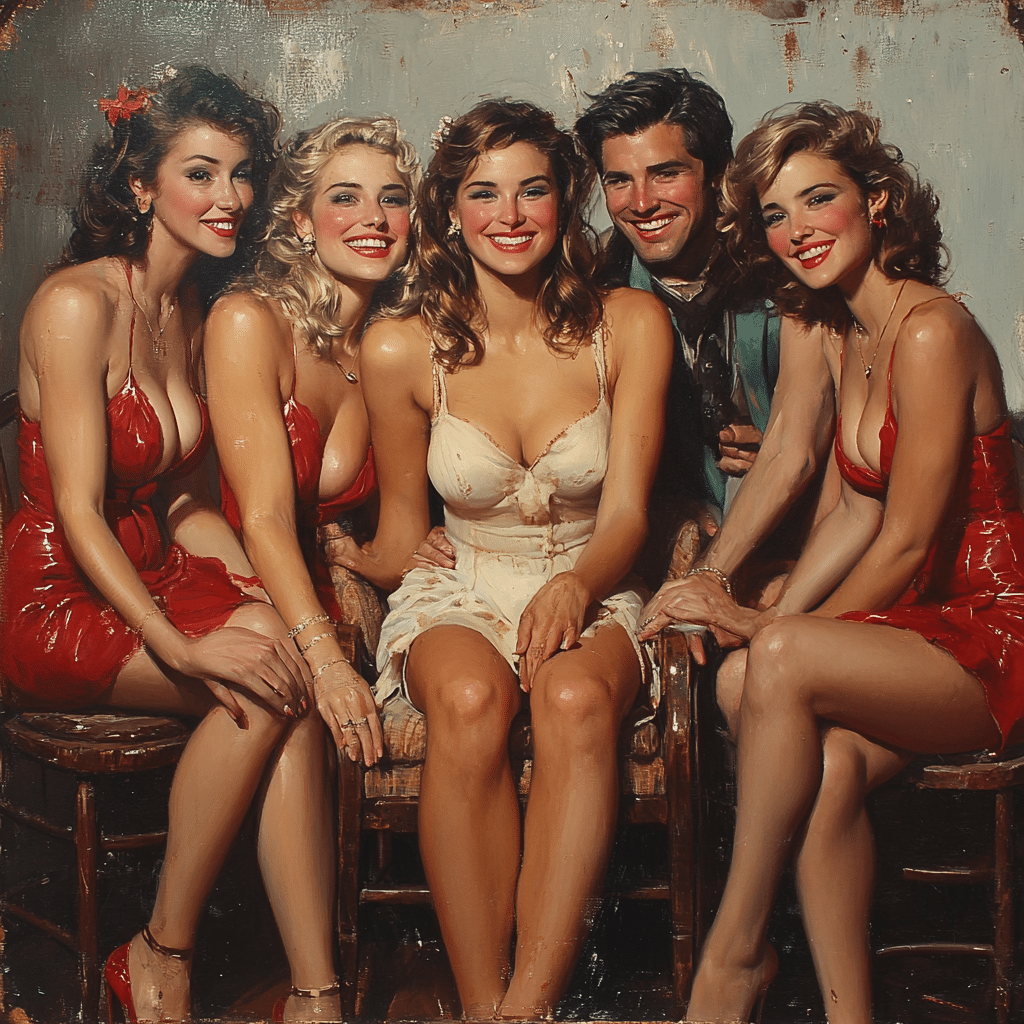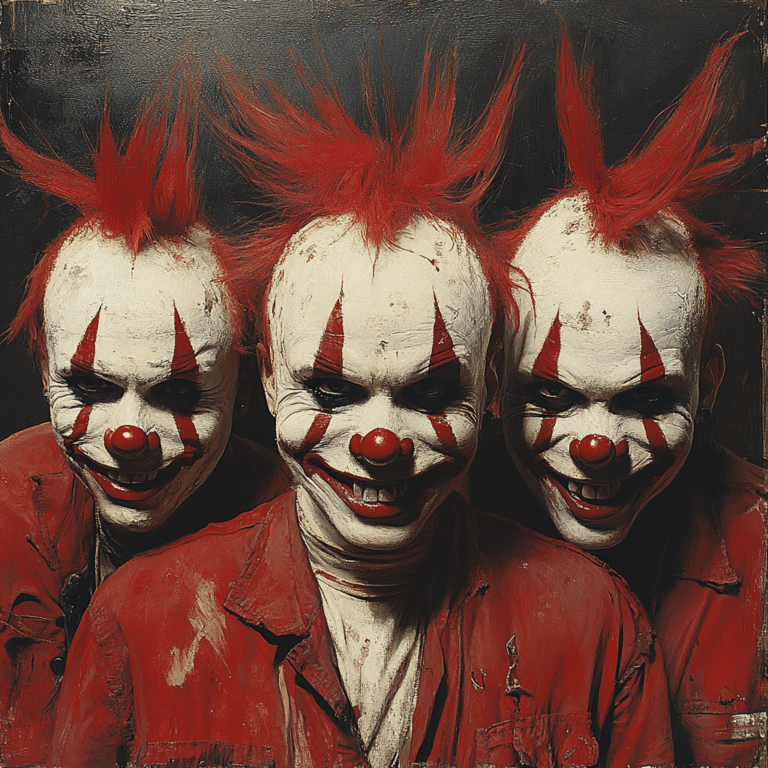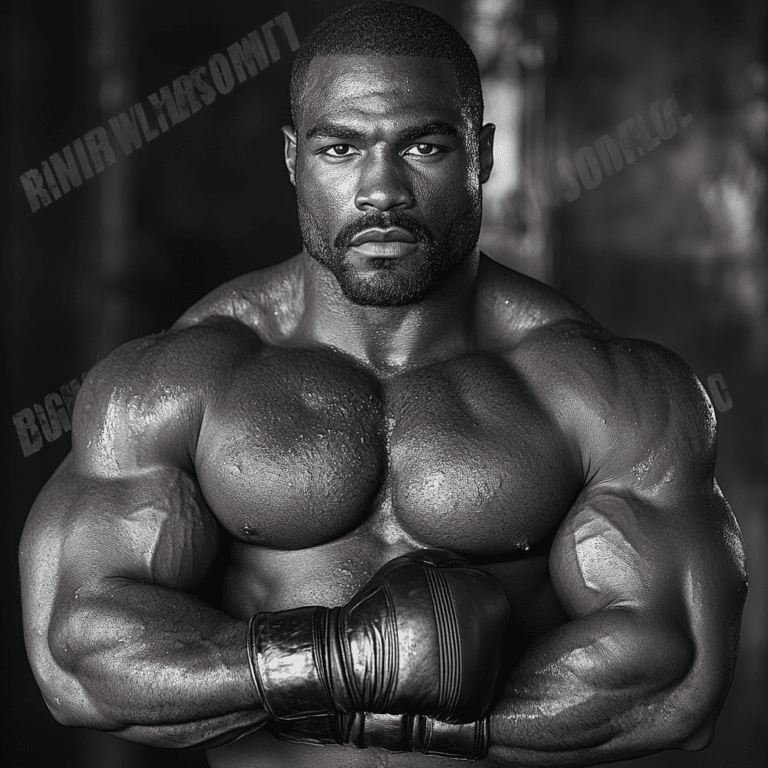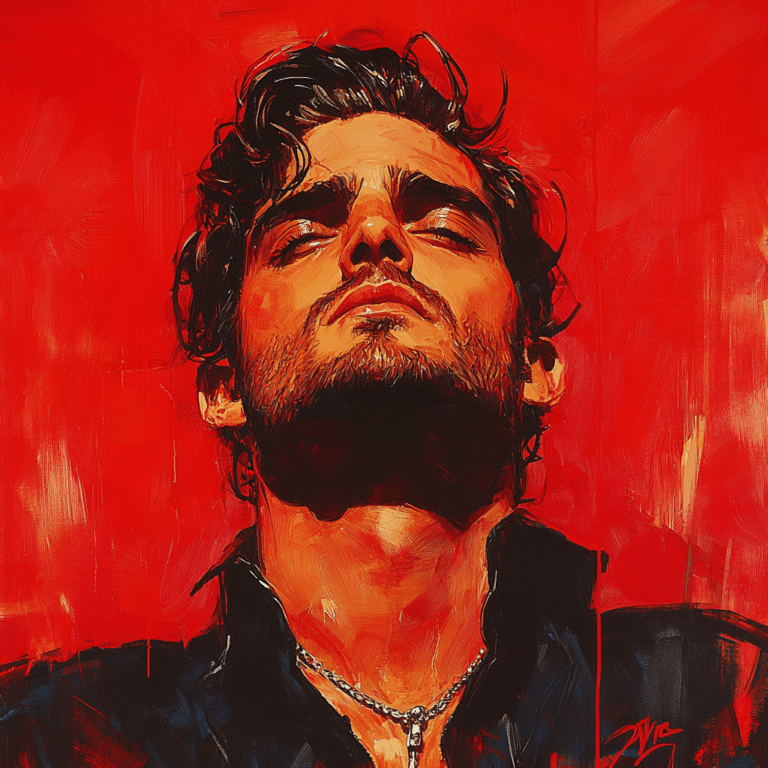Unveiling the Wall Street Bull: A Symbol of Financial Fortitude
Imagine the hustle and bustle of New York City’s financial heart, where deals are made, and fates can turn on the dime. Amid this high-stakes playground lies an icon of optimism and strength, the Wall Street Bull. This bronze behemoth isn’t just another piece of street art; it’s a testament to the unyielding spirit of the market and the people who swim in its tides. When you look at its imposing stature, you can’t help but feel a surge of respect for the financial resilience it epitomizes. The bull, folks, isn’t just a statue; it’s a symbol of the American dream in metallic form, charging forward against all odds.

The Birth of a Financial Icon: Origins of the Charging Bull
The arrival of the Charging Bull on Wall Street was as dramatic as its stance, bursting onto the scene in December 1989 like a bullish surprise from the blue. Sculpted by Arturo Di Modica, the Italian-American artist envisioned it as a Christmas gift to New York City. The bull captures the unbreakable will of the market and its capacity to rebound from the 1987 crash that left many a blue tuxedo ruffled.
Di Modica scraped together $360,000, selling multiple bravado-infused artworks, perhaps inspired by his own bullishness on the markets. In the dead of night, with stealth akin to a covert mission, our financial minotaur was placed before the Stock Exchange. Surprise hit the denizens of Wall Street harder than news of an unexpected market rally. According to onlookers, it was like something out of a movie — an audacious act of guerrilla art that left city officials scrambling.
With its unauthorized installation, the bull was impounded faster than a car blocking a fire hydrant. Yet, a public outcry, charged with emotion like a bullish trader on a winning streak, ensured the Charging Bull would soon return, this time at Bowling Green Park, standing its ground like a steadfast guardian of prosperity.
Conversations with art historians reveal the multi-layered depth Di Modica poured into his creation — it was not merely a statue but a symbol. Onlookers who were there recount how the brazen bull brought a flicker of hope, a spark that reignited the sputtering engine of the financial markets after a period of darkness.

| Attribute | Details |
|---|---|
| Name | Charging Bull (also known as Wall Street Bull) |
| Location | Bowling Green Park, Financial District, Manhattan, New York City |
| Sculptor | Arturo Di Modica |
| Installation Date | December 1989 |
| Material | Bronze |
| Dimensions | 11 feet tall, 16 feet long |
| Weight | 7,100 pounds |
| Foundry | Bedi-Makky Art Foundry in Greenpoint, Brooklyn |
| Cost | $360,000 (paid by Arturo Di Modica) |
| Symbolism | Financial optimism, economic growth, prosperity, bullish market trends |
| Initial Reaction | Surprise and public outcry, due to its unauthorized installation |
| Current Status | Permanent public display, popular tourist attraction |
| Significance in Finance | “Bullish” signifies belief in rising stock or market performance, mirrored by the charging stance of the sculpture |
| Associated Events | Following the stock market crash of 1987 |
| Restoration & Maintenance | Maintained by the New York City Department of Parks & Recreation |
| Related Sculpture | “Fearless Girl” statue (commissioned by State Street Global Advisors in March 2017) |
| Purpose of Related Sculpture | To promote corporate gender diversity by encouraging companies to appoint more women to their boards |
Beyond Bronze: The True Meaning Behind the Charging Bull’s Stance
Now, let’s dive horn-first into the nitty-gritty. This isn’t just about a bullish market stance — this sculpture is a powerhouse of symbolism. Standing tall and mighty, the Charging Bull‘s posture isn’t just about well-crafted bronze; it exudes the bullishness that investors feel when they foresee a market uptick. Analysts and artists alike see the bull’s reared head and fiercely planted hooves as unmistakable signs of impending growth.
To illustrate, consider the difference between a charging bull and, let’s say, a lounging cat (comfy as that may sound). The bull’s aggressive pose screams action, momentum, and unyielding progress — all tenets of a flourishing financial mindset. Cultural critics often muse about how this bullish beacon reflects the relentless energy of Wall Street, where being “bearish” is as frowned upon as showing up to a board meeting in a Chancla.
Gary Stevenson, a market analyst, puts it aptly, “The bull’s posture, all coiled muscle and kinetic potential, speaks to the trader’s soul. You look at it, and you think, ‘Yeah, we’re going places. To the moon!’”

The Charging Bull’s Journey Through Economic Ebbs and Flows
Picture the last few decades of economic turmoil, the booms, and busts, and there, through it all, stands our indomitable bronze bull, resolute and unswayed by market whims. The Charging Bull has become more than a statue; it’s a barometer of financial climate change.
Every time the market takes a dive or soars to dizzying heights, people flock to this beacon of prosperity. Snapping selfies or rubbing its shining horns for good luck, they seek some of Wall Street’s bullish magic. During the 2008 financial crisis, the bull remained a symbol of hope amidst chaos, a reminder that growth was on the horizon, just beyond the bearish gloom.
Tourism data shows the bull draws thousands daily — from Honda Scooters zipping by to business moguls in limos — all come to pay homage. It’s not only a magnetic pull for visitors but also a recurring figure in media, immortalized in countless references where financial might is on display. Whether it’s rising from market ashes or standing tall in times of plenty, the Charging Bull reminds us: this too shall pass, and growth is but a rally away.
Encounters with the Charging Bull: Public Interaction and Vandalism
The bull, like any celebrity, has had its share of public encounters, not all of them peaceful. It’s been a canvas for protests, a touchstone during financial pandemonium, and yes, a victim of vandalism. People come to it not just to admire but to express, to vent their frustrations when the market’s cruelty hits home.
Rituals have sprung up around it – touching it for luck, wrapping it in flags, including the vibrant africa flag during moments of international unity, or using it as a backdrop for bold statements on global economics. It’s a spot where female wrestling for corporate equality meets the iron resolve of a bullish market — one of the many reasons why the statue remains so newsworthy.
Yet, vandalism has been an issue. Paint has been splashed over its muscular flanks, and signs draped over its head, turning the bull from a symbol of hope to a billboard for dissent. Each time, though, it’s cleaned and restored, its shine a testament to resilience.
The statue’s seen its share of controversy too. The installation of the “Fearless Girl” statue in 2017, hands-on hips, facing down the bull, set off a whirlwind of debate about gender dynamics and corporate responsibility around the globe. The bold move by State Street Global Advisors aimed at putting more women on corporate boards was both praised and criticized, but one thing was clear: the bull had a new, equally indomitable companion in the public’s eyes.
The Wall Street Bull in the Digital Age: From Physical to Virtual Symbolism
Here’s where things get cyber-cool. The bull isn’t just a hunk of bronze anymore; it’s morphed into an icon of the digital age. With a single click, the stock market has moved from the screams of traders on the floor to the silent, swift world of online trading, and the bull has followed suit. Its image is now splashed across financial apps, it’s the emoji of choice for bullish tweets, and it’s become as vital in virtual reality escapades as finding the perfect car trunk organizer in an immersive Google search experience.
This isn’t just a statue; it’s the unofficial logo of financial fortitude, gracing presentations and zoom backgrounds, sometimes as revered as the Messi Argentina jersey is on the soccer field. The symbolism has transcended the physical; it’s now embraced by a generation that trades cryptocurrencies in their pajamas and shares market memes with the swipe of a finger.
Guarding the Bull: Security Measures and Preservation Efforts
Now, to ensure our bullish friend stays pristine and unscathed amidst an ocean of selfies and protests, it’s clad in an invisible armor of security measures. NYPD and private firms keep a watchful eye, their presence as silent yet potent as the bull itself. It’s no easy task — guarding an icon is serious business, like preserving a Feliz Año Nuevo 2024 banner until the turn of the year.
Preservation is another beast altogether. It’s not all strength and sturdiness; weather and hands seeking luck make maintenance a constant battle. The Bedi-Makky Art Foundry, where the bull was cast, remains an integral part of this effort, ensuring the sculpture that has faced down economic storms can withstand the ravages of time and touch.
The Future Legacy of the Charging Bull: What Lies Ahead
The future’s as uncertain as a speculative stock, but when it comes to the Charging Bull, there’s always an air of certainty that it will remain a steadfast symbol, even as Wall Street evolves. Expert predictions vary — some say it will be a quaint relic of a bygone era; others believe it’ll morph in meaning as the markets change.
With technology propelling us at breakneck speeds, the bull’s continuing relevance is under scrutiny. Will it be a nostalgic nod to the days of frantic floor trading, or will it reinvent itself, standing as a reminder of the market’s foundational principles? As fintech transforms how we view and engage with finance, the bulky bronze may end up being a trusty anchor to our financial past.
Charging Forward: Reflections on the Enduring Power of Wall Street Bull
As we reflect on the legacy of the Wall Street Bull, there’s a sense of wonder at its enduring influence. From inception to today’s high-tech realms, it has spurred on the brave, comforted the wary, and remained a steadfast symbol of growth. Its past is laden with stories, its present buzzing with camera flashes and heated debates, and its future — while uncertain — promises to be as dynamic as the market it represents.
What will future generations make of this relic of resilience? Will it inspire them as it has so many, or will it simply be a waypoint on the tour of old New York? Only time will tell, but one thing’s certain — the Wall Street Bull‘s tale is far from over. It’s more than just an imposing piece of metal; it’s the heart of Wall Street itself, where the blood of finance pumps untamed and where every trader, visitor, and dreamer finds a touchstone of boundless potential.
Loaded with dreams and charged with the memories of a thousand rallies and crashes, the Charging Bull stands, ready to face whatever comes next. It’s a story wrapped in bronze, a narrative of markets that refuse to submit, a tale of the undying spirit that drives finance — and, consequently, the world.
Uncovering the Might of the Wall Street Bull: 5 Facts That’ll Stun You!
The Wall Street Bull, that iconic symbol of financial prowess and bullish market optimism, isn’t just another piece of street furniture in the Big Apple. It’s an emblem that has captured the imaginations of folks from all corners of the globe. Buckle up, because these facts about the bull are sure to charge up your curiosity just as much as a red flag does to a real bull!
1. The Origins are Priceline Good!
Talk about shopping for a bargain! The Wall Street Bull was dropped off right by the New York Stock Exchange in the dead of night without permission. You heard it right – akin to snagging the best deal on Priceline, artist Arturo Di Modica spent a hefty $360,000 of his own dough to create this bronze behemoth. Talk about a hefty investment, huh? The guerrilla art act was initially considered an act of vandalism, but hey, you can’t put a price on passion!
2. A String Bikini of Controversy
Now, let’s get to the skinny of it. This powerful beast has stirred up more controversy than a string bikini on a snow day! When the fearless girl statue was positioned facing down our bullish pal, it wasn’t just tourists that were stopping to snap a pic. The debate about gender dynamics in corporate America was hotter than July in Phoenix, with opinions flying faster than a New York minute about the symbolism of this face-off.
3. Feliz Año Nuevo with a Bullish Flair
You wouldn’t believe it, but the Wall Street Bull gets dolled up for parties, too! When New Year’s Eve rolls around, some folks shout Feliz Año Nuevo 2024 while rocking party hats, and this bullish icon gets its own share of festive adoration. Decked out with ribbons and the whole nine yards, it’s a spectacle that even those nomadic Himba Women, with their striking appearance, would pause to admire—speaking of stand-out, you should check this( out for a dive into fascinating cultures.
4. The Udo Kier of Financial District
Just as the actor Udo Kier has become known for his distinctive presence in film, the Wall Street Bull boasts its own star quality. The bull is like the Udo Kier of the financial district—an unyielding figure in the face of economic storms. Throughout market fluctuations, bailouts, and booms, this bullish icon has stood its ground, all while flashing that shiny nose—a testament to the resilience and perseverance embodied in its cast bronze muscles.
5. Say Cheese With the Bull!
Now, hold your horses—or should we say, bulls? Tourists go absolutely loco for a pic with this hunk of metal. Its shiny nose and horns are buffed to a high sheen, not by some diligent cleaner, but by the thousands of hands looking for a bit of that bullish luck. It’s said that rubbing the nose, horns, or, ahem, other parts of the statue can bring on good fortune in finances. Say cheese and smile wide because this Wall Street Bull doesn’t mind the paparazzi!
There you have it—a handful of fascinating tidbits about the Wall Street Bull that prove this isn’t just any old statue. It’s a cultural icon, a beacon of hope to many, and a testament to the ever-surprising and lively spirit of Wall Street. Keep these facts in your back pocket the next time you mosey on down to the financial district—y’know, just in case someone wants to challenge your bull knowledge.

What does the bull mean in Wall Street?
On Wall Street, the bull is more than just a hunk of metal; it’s a symbol of market optimism, representing the belief that stocks will charge ahead, going up, up, and away. Think of it as financial jargon come to life — when traders are bullish, they’re betting their bottom dollar the market’s on a one-way trip to the moon!
What is the big bull at Wall Street?
The big bull at Wall Street, ah, she’s a beaut! Officially known as the Charging Bull, this bronze behemoth is not just a tourist magnet but a symbol of the strength and power of the American people. Created by artist Arturo Di Modica, it’s become like the unofficial mascot of Wall Street — and you can bet it’s seen more than its fair share of selfies!
What happened to the Wall Street Bull?
Well, strap on your seatbelts, ’cause the Wall Street Bull has had a bumpy ride! After a few run-ins — we’re talking being vandalized and even a bomb scare or two — it’s still standing proud. Sure, it might’ve been kicked and dinged, but like a true Wall Streeter, it doesn’t stay down for long and keeps standing strong, a brass testament to market resilience.
What is the bull on the New York Stock Exchange building?
Pardon, there’s no bull gracing the New York Stock Exchange building itself — that’s some muddled info there. The iconic Charging Bull we’re all jazzed about actually hangs out in Bowling Green Park, not too far from the stock exchange hustle and bustle, but definitely not perched on the building!
Why do people touch Wall Street Bull?
Why do folks fawn over the Wall Street Bull, you ask? Well, rumor has it — and by rumor, we mean swarms of tourists and locals alike — that rubbing its shiny bits brings nothing less than good luck and prosperity. So naturally, everyone’s eager to grab a piece of that potential financial magic!
Why is the stock market symbol a bull?
The stock market’s big on symbolism, and a bull is the poster child for traders feeling gung-ho about strong markets. When investors are “bullish,” it means they’re riding high on optimism, expecting prices to go through the roof — hence, the bullish market gets a tough, towering bull as its emblem.
What does the bull symbolize?
The bull symbolizes strength, ferocity, and a bullish market — not just an animal out for a lazy stroll but one ready to barrel through any barrier. It’s all about rising prices, growth, and a market that ain’t taking a nap anytime soon; it’s charging full steam ahead!
Who is the biggest bull in the stock market?
The biggest bull in the stock market isn’t one person — it’s anyone who’s gung-ho about the market soaring to dizzying heights. These investors are loaded with optimism, buying up stocks quicker than hotcakes at a breakfast buffet, always betting on sunnier days ahead for their portfolio.
What is Wall Street bear vs bull?
Oh boy, Wall Street’s bull versus bear showdown is the ultimate tug-of-war! Bulls are the market optimists, betting their lucky stars the stocks will skyrocket, while bears are the Debbie Downers, expecting prices to take a nosedive. It’s like a floor battle in a market mood ring, switching from sunny yellow to gloomy gray.
Why is Wall Street called Wall Street?
“Why’s it called Wall Street?” you ask. Kick it back to the 17th century when there really was a wall! The Dutch built it to keep out the English and the rowdy natives. Now, there’s nary a wall in sight, but the name stuck like gum on a shoe, and Wall Street became the financial heartthrob we know today.
What does the Wall Street symbolize?
Wall Street’s symbolism isn’t just about the greenbacks; it’s the Pearly Gates of American finance, the playground of big-time bankers and buttoned-up brokers. It stands for power, influence, and the intoxicating cocktail of risk and reward — a rollercoaster of fortunes made and lost at the speed of light.
How much did the Wall Street Bull cost?
Getting the Wall Street Bull to its stomping grounds wasn’t exactly pocket change! The artist Arturo Di Modica shelled out a cool $360,000 of his own dough to create this beast. Now that’s what we call betting the farm – and lucky for us, it’s paid off in spades as a financial landmark.
Why is the bull in New York famous?
The Charging Bull is famous in New York not just for its snorting snout but because it’s a powerful icon of economic vigor and resilience. Whether you’re a hotshot trader or a wide-eyed tourist, it’s hard not to be drawn to that symbol of bullish perseverance right in the concrete jungle.
Why do people touch the bull in NYC?
People can’t stop touching the bull in NYC, whether it’s for luck, love, or financial fortune. It’s like rubbing a genie’s lamp, only this time, folks are wishing for that Midas touch in their wallets!
Is the fearless girl still there?
Yep, the Fearless Girl is still holding court, staring down that bull like it’s child’s play. She was moved from her spot staring down the bull to a new position in front of the New York Stock Exchange, but her message of female empowerment and moxie hasn’t budged an inch.
What does the bull and bear represent in Wall Street?
Wall Street’s bull and bear aren’t just critters on a farm — they’re the yin and yang of the stock market universe. The bull is all about charging ahead with the markets on a winning streak, while the bear hunkers down for a market that’s feeling a bit under the weather, with prices falling faster than leaves in autumn.
What does the bull symbolize?
The bull symbolizes more than just a statue of a wild animal; it’s the financial world’s version of the Hulk, showing off market strength and the go-getter attitude of traders betting the farm on prices that’ll shoot to the stars.
What does the bull represent in finance?
In finance, the bull is the golden boy of Wall Street, the stock market’s answer to “let’s do this!” It represents times when everyone’s pockets are buzzing and stocks are seeing more ups than a roller coaster, signaling prosperity and growth.
What does the bull represent in the painting?
When you eye a bull in a painting, it’s not there just to fill space — it’s often flexing its muscles as a sign of untamed power and raw energy. Artists slap a bull into their masterpieces as a sneaky nod to dominance, virility, and maybe a dash of bullish luck!






















